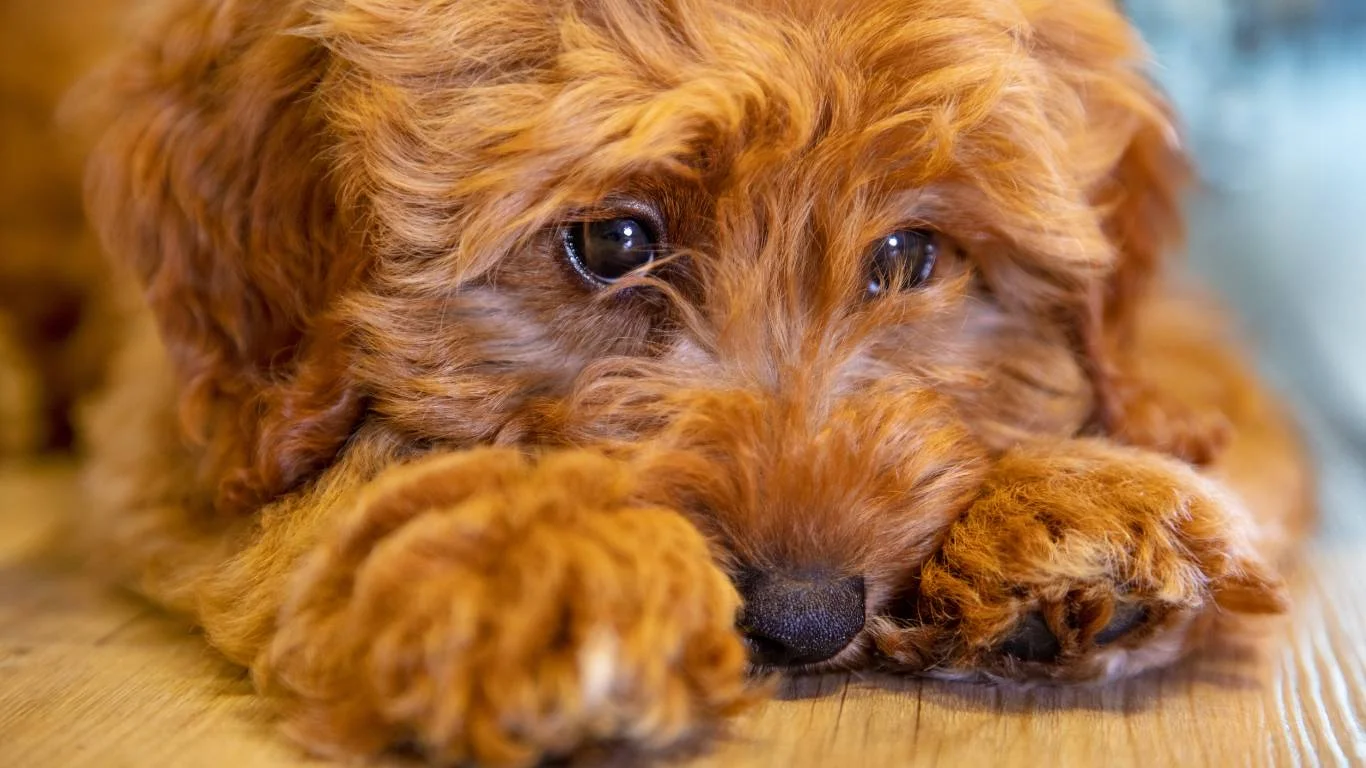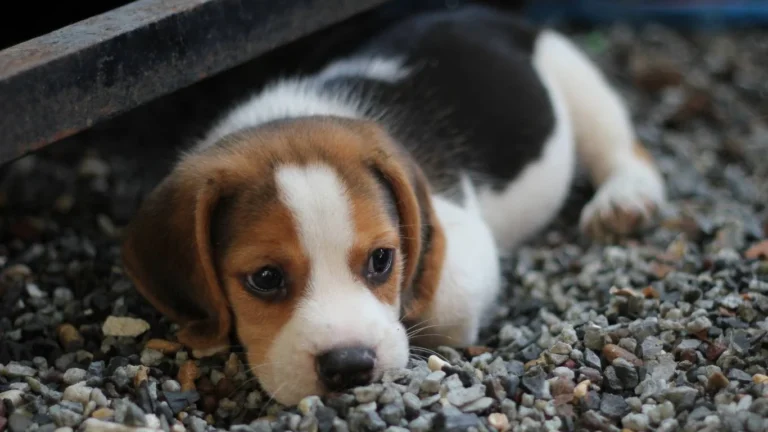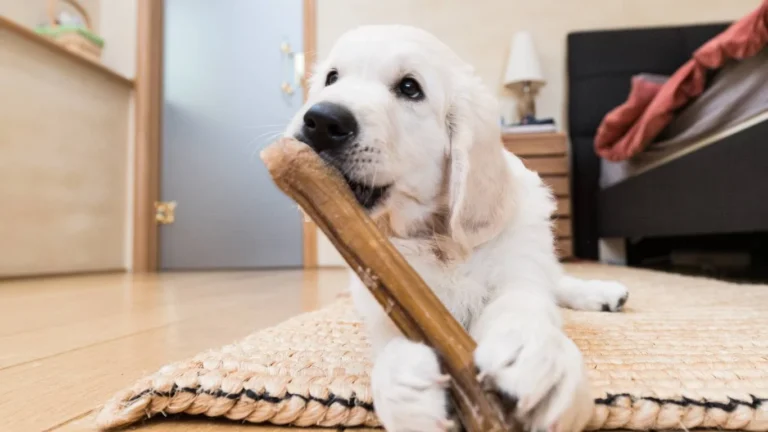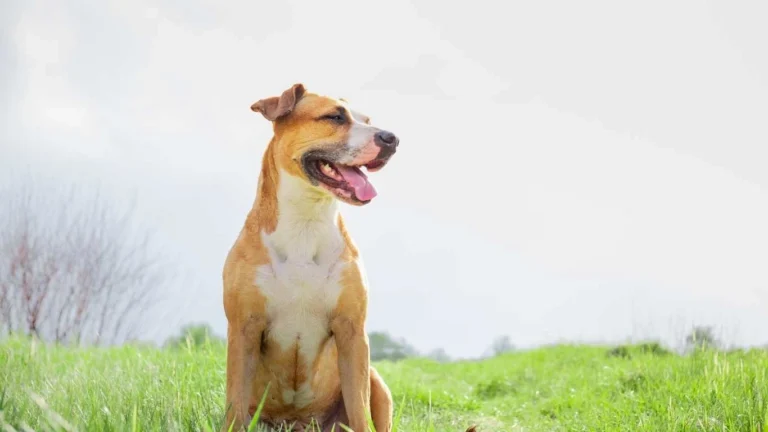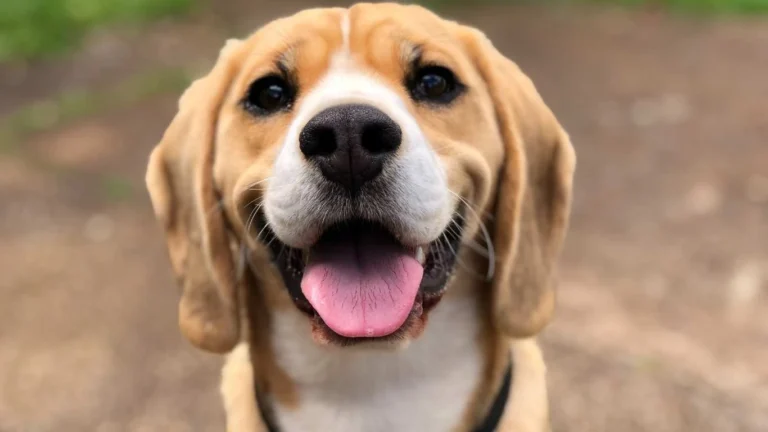Urgent Warning: What to Do If Your Dog Eats Spoiled Food
It’s every dog parent’s mini nightmare: you catch your pup sniffing around the trash, and before you can say “leave it,” they’ve wolfed down something questionable. Yep—what to do if your dog eats spoiled food is a situation many pet parents find themselves googling at 11PM with rising panic. As a Veterinary Assistant with a nutrition focus, I’ve helped countless worried dog owners through this very scenario, and trust me—you’re not alone.
How Bad Is It If Your Dog Eats Spoiled Food?
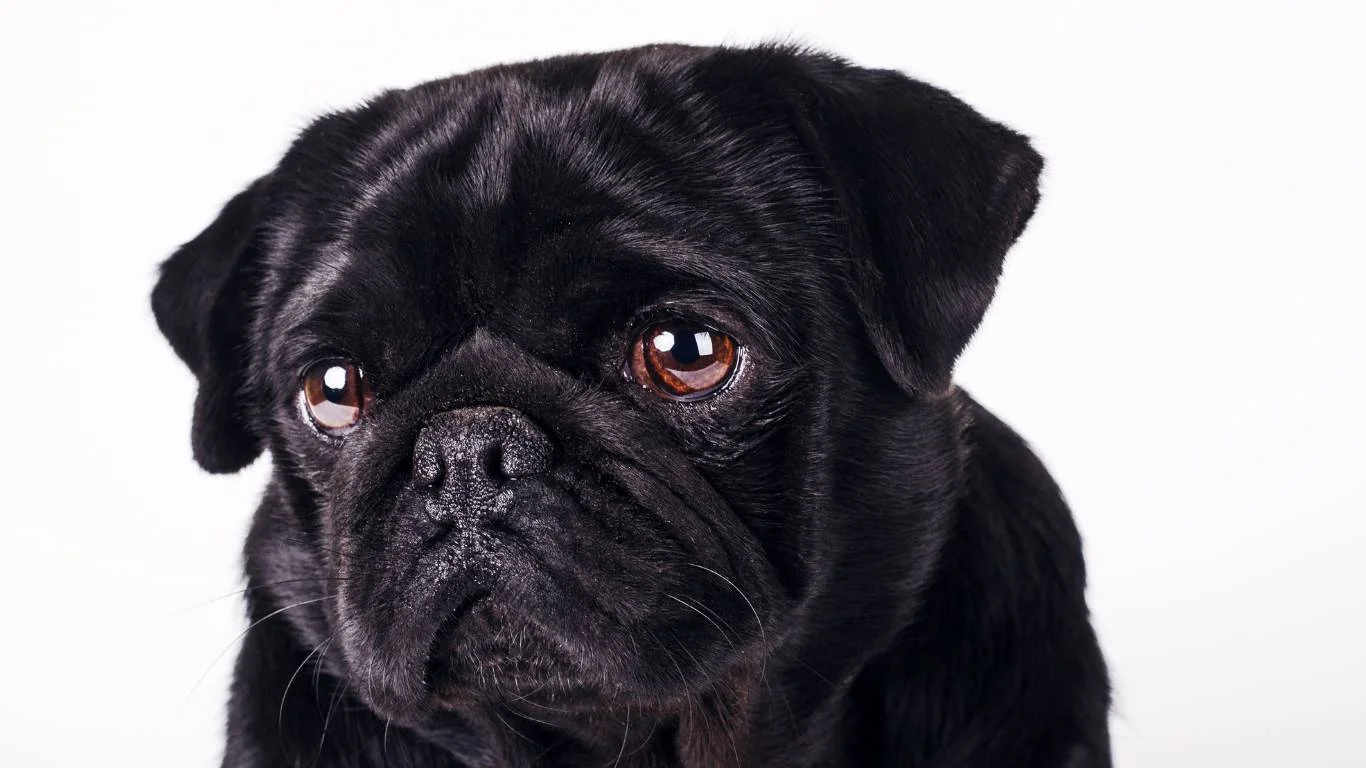
First off, don’t panic—dogs are scavengers by nature. They’ve got tougher stomachs than we give them credit for, but that doesn’t mean it’s always safe. Spoiled food can cause a range of issues from mild tummy troubles to full-blown emergencies like pancreatitis or even food poisoning. I’ve seen pups who just had some gas and loose stool, and others who had to be hospitalized with IV fluids and round-the-clock monitoring.
The severity really depends on what kind of spoiled food your dog ate, how much, and your dog’s individual health profile. A young, healthy Labrador might bounce back quicker than a senior Chihuahua with a sensitive stomach.
Signs Your Dog Might Be Sick After Eating Spoiled Food
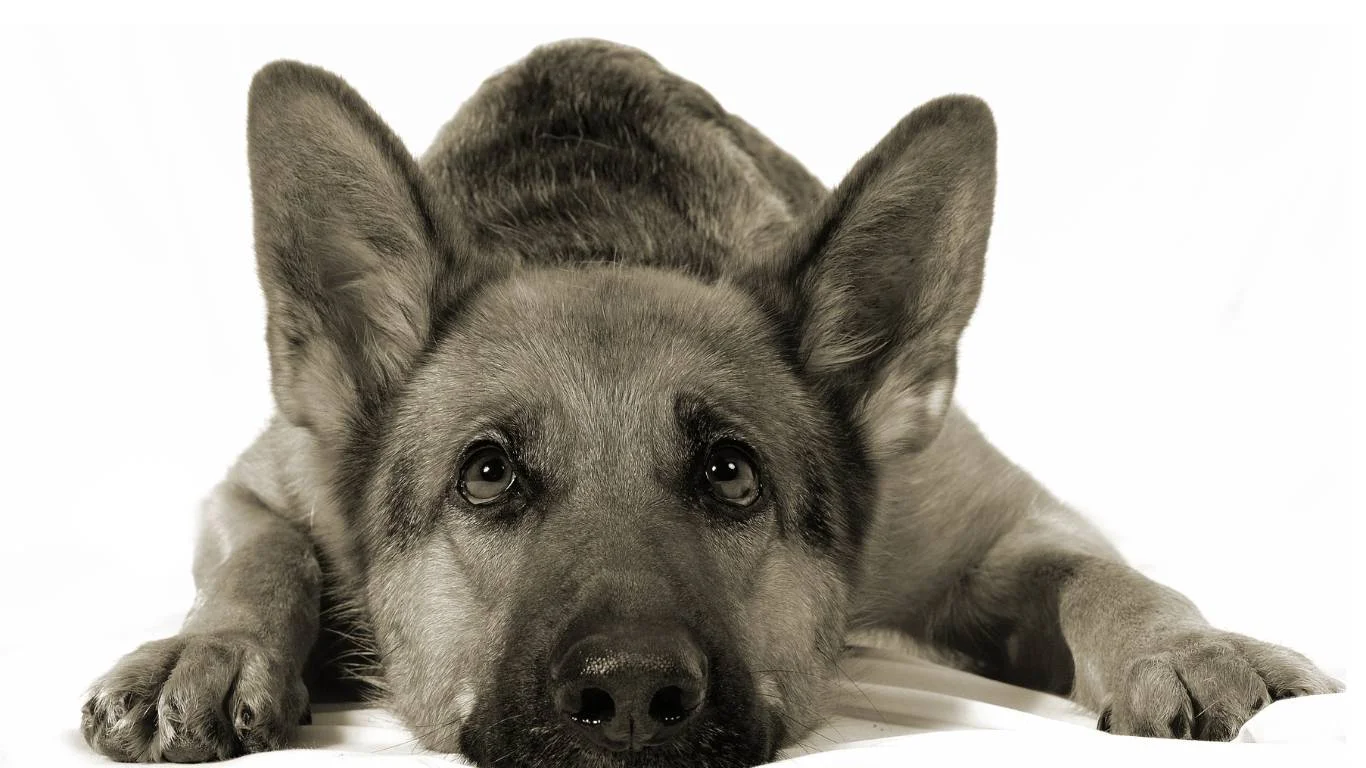
Look for These Symptoms
After your dog gets into the garbage or eats that funky meatloaf that’s been sitting out way too long, keep an eye out for symptoms like:
- Vomiting – Especially if it’s persistent or has blood
- Diarrhea – Sometimes bloody or with mucus
- Lethargy – Just lying around and not interested in usual activities
- Loss of appetite – Skipping meals isn’t normal for most dogs
- Fever – Warm ears, nose, or panting
- Abdominal pain – Whining, hunched posture, or flinching when touched
One case I remember well involved a sweet little mixed breed named Rosie. She got into a trash bag after a backyard BBQ. Her owners thought it was “just some leftovers,” but by the next morning, she was vomiting nonstop and wouldn’t eat. Turned out she had pancreatitis, likely triggered by fatty spoiled ribs she’d scarfed down. Luckily, we caught it early and she recovered, but it was a close call.
Immediate Steps to Take If Your Dog Eats Spoiled Food
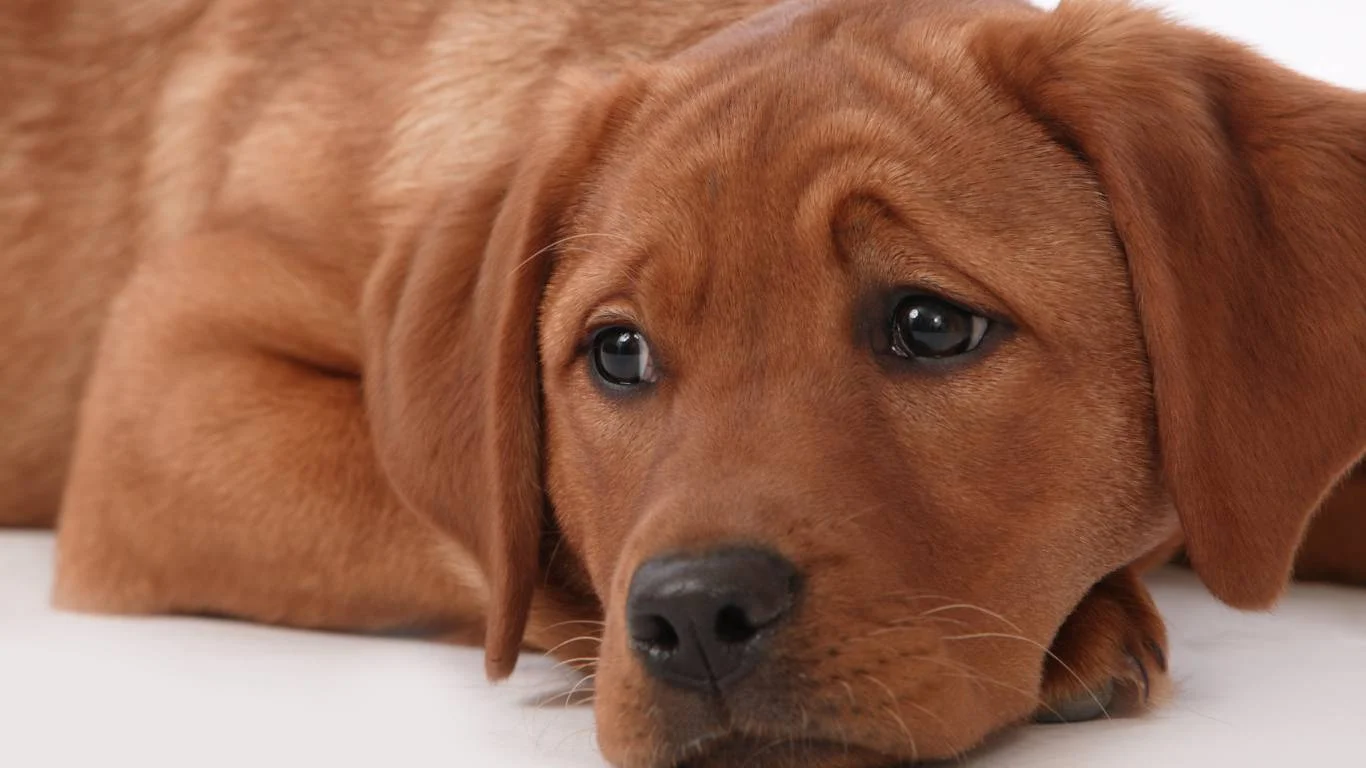
Step 1: Assess the Situation
Ask yourself: What did they eat? How much? When? Try to estimate what kind of food it was—raw meat, moldy bread, fatty leftovers? Jot this info down. You might need it if you end up calling your vet.
Step 2: Watch and Wait (But Not for Too Long)
Some dogs will show symptoms within an hour. Others might take up to 12–24 hours. Monitor their behavior closely. If you notice vomiting, diarrhea, or any of the symptoms above, don’t hesitate to reach out to your vet.
Step 3: Hydration Is Key
Make sure your dog has access to clean, fresh water. Dehydration can sneak up quickly, especially if your pup is losing fluids through vomiting or diarrhea.
Step 4: Don’t Try to Make Them Vomit Without Vet Guidance
This is something I stress a lot in my clinic. I know it’s tempting to Google “how to make my dog throw up,” but inducing vomiting isn’t always safe—especially if the food had bones or if too much time has passed. Always ask your vet before trying anything at home.
Step 5: Call Your Vet If You’re Even Slightly Unsure
I’ve seen many pet parents hesitate because they didn’t want to “overreact.” But when it comes to what to do if your dog eats spoiled food, it’s always better to be safe. Your vet would rather give you peace of mind than see a pup come in too late.
In my experience, early intervention is what makes the difference between a rough night at home and an emergency hospital stay. Even if your dog ends up being fine, that reassurance is priceless.
Home Remedies You Can Try (With Caution!)

Okay, so let’s say your dog got into something funky, but they’re not acting super sick yet—just a little “off.” Maybe a slight grumble in the tummy or they skipped dinner. In these less severe cases, there are a few things you can try at home before rushing to the vet.
1. Fasting (But Not for Puppies or Seniors)
One trick we often recommend in the clinic for adult dogs with mild digestive upset is to withhold food for 12–24 hours. This gives their digestive system a break. But a big heads-up: this isn’t safe for puppies, toy breeds, or seniors. If your dog is very young, old, or has underlying health issues, skip this step and check in with your vet instead.
2. Bland Diet
After the fasting period (if your vet gives the go-ahead), start feeding small amounts of a bland diet. The go-to combo we suggest in the vet clinic is:
- Boiled chicken breast (no skin or seasoning)
- Plain white rice
It’s gentle on the stomach and can help firm up loose stool. Feed small portions 2–3 times a day for a couple of days. If symptoms improve, gradually reintroduce their regular food over 3–5 days. I usually tell pet parents, “Don’t rush the reintroduction. Imagine your own stomach after food poisoning—you’d want to take it slow too.”
3. Pumpkin Power
Yep, plain canned pumpkin (not the sugary pie filling!) can work wonders. Just a spoonful mixed into their food can help soothe digestion and bulk up stool. I’ve seen so many dogs turn around faster with this little trick. It’s also a secret weapon for dogs prone to tummy issues in general.
When It’s Definitely Time to See a Vet

Even if your dog seems okay at first, some cases can go downhill fast—especially depending on what exactly was spoiled. Moldy bread, dairy, or food with onions, garlic, or fatty meats can be more toxic than people think. Here’s when to stop guessing and make that vet call:
- Persistent vomiting or diarrhea (more than 24 hours or with blood)
- Refusing to eat for more than a day
- Lethargy that doesn’t improve
- Signs of pain or bloating
- Trembling, drooling, or muscle twitches (possible toxin reaction)
One case that stuck with me was Max, a lovable Beagle who had swiped a few moldy burger buns off a picnic table. His owners thought it wasn’t a big deal, but within hours, he was disoriented and shaking. Turned out he’d ingested mold toxins, and he needed medication and fluids right away. He pulled through, but it was a scary couple of days. That experience really hammered home how unpredictable these situations can be.
Preventing Future Spoiled Food Incidents
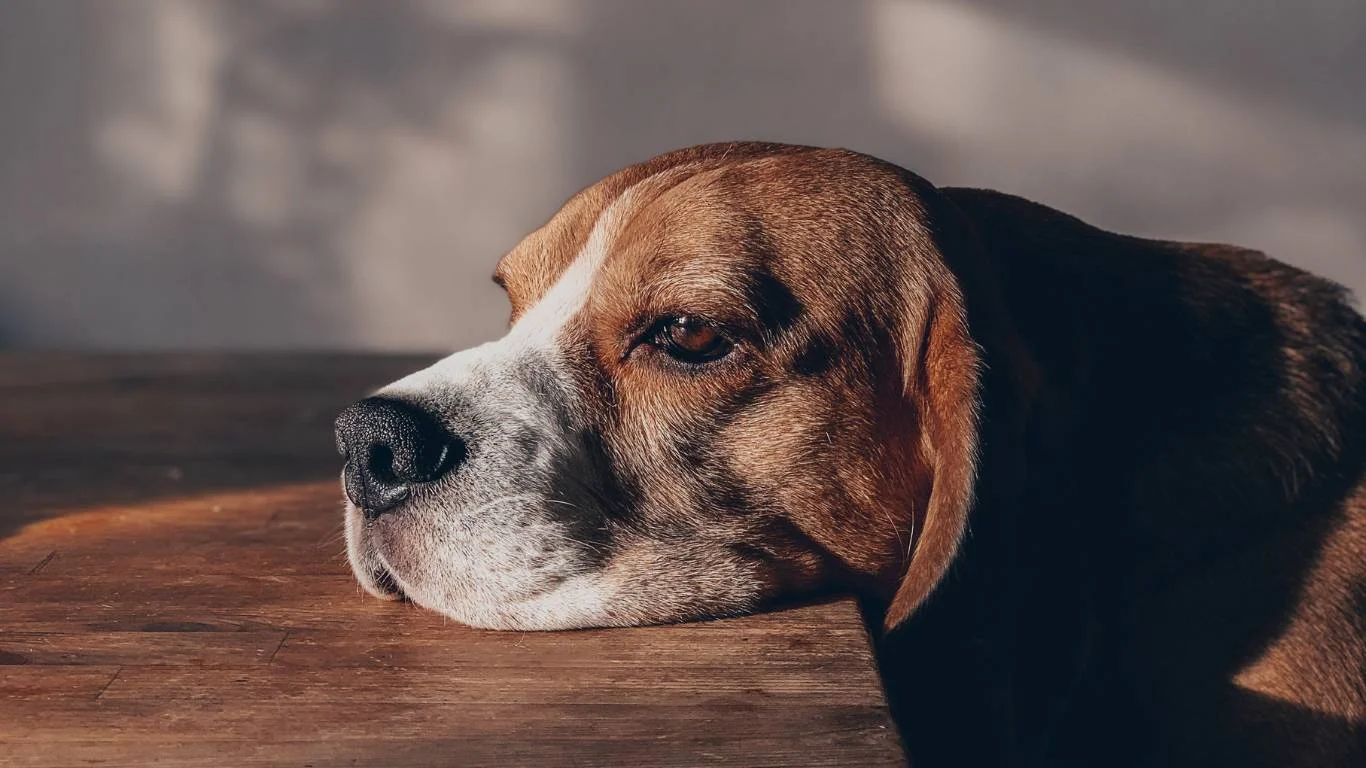
Let’s be real—dogs are clever (and a bit sneaky). So prevention isn’t always easy, but it is doable. Here’s what I usually recommend to clients after a “trash raid” episode:
Secure Your Trash Cans
This one’s obvious, but you’d be surprised how many pet homes don’t have dog-proof trash bins. Opt for cans with locking lids or store them behind a cabinet door or in a pantry. I’ve had clients who used bungee cords, baby locks—whatever it takes.
Watch the Countertops
“Counter surfing” is a sport for some dogs (especially the tall ones!). Try not to leave leftovers or takeout boxes unattended. One of my clients started using child gates just to keep her Great Dane out of the kitchen.
Keep Compost and Outdoor Bins Covered
I can’t tell you how many dogs have gotten into yard waste or old food scraps outside. Keep your compost bins sealed and out of reach. Moldy compost is super dangerous and can cause neurological issues in dogs if ingested.
Train the “Leave It” Command
This one’s not a quick fix, but teaching your dog to “leave it” can seriously save lives. It’s not just a party trick—it’s a legit safety command. Practice with treats, socks, food scraps—whatever your dog finds irresistible. Make it fun and rewarding.
Between all the cases I’ve seen in the clinic and my own food-obsessed rescue dog (who once tried to eat an entire rotisserie chicken—plastic tray and all), I’ve learned prevention is way easier than treatment.
How Long to Monitor Your Dog After Eating Spoiled Food
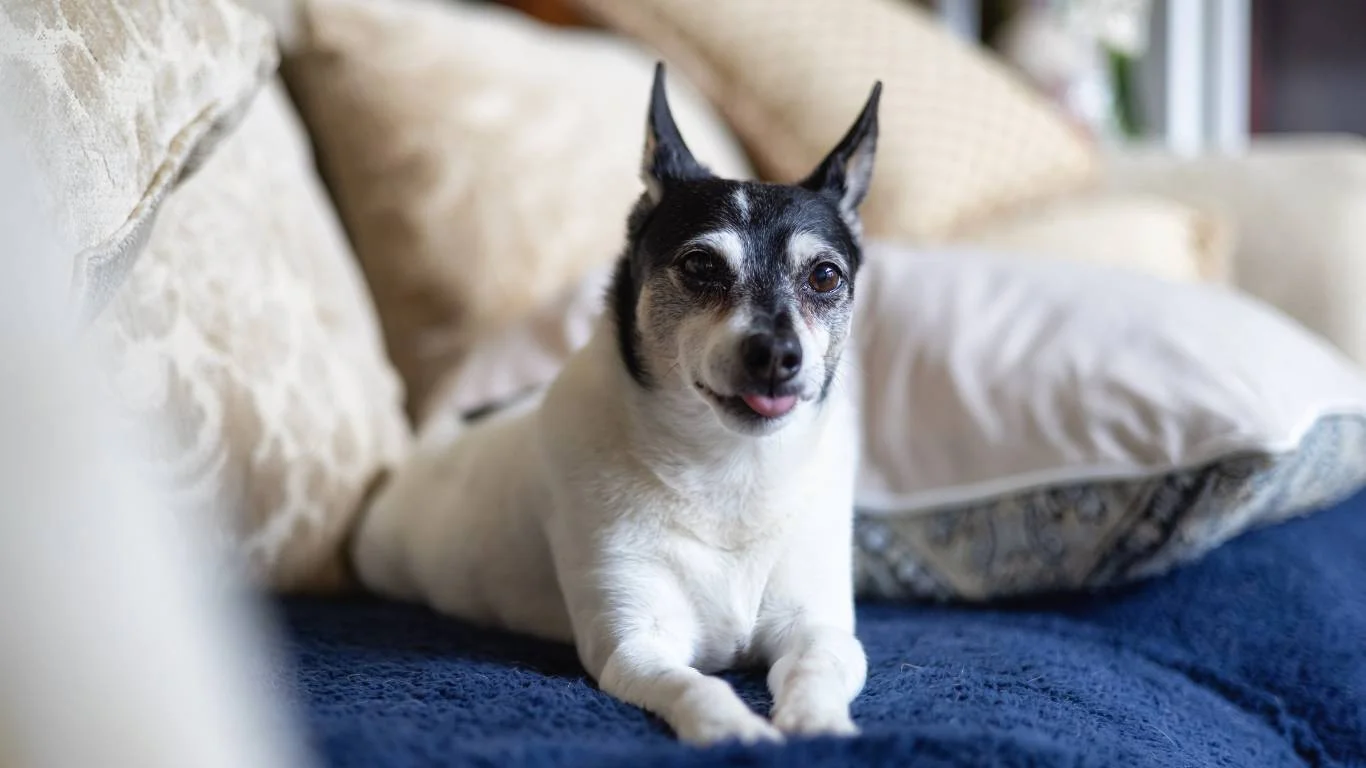
So you’ve cleaned up the mess, called your vet (or maybe even made an emergency trip), and your dog seems to be doing okay. Whew! But how long should you keep a close eye on them after they’ve eaten spoiled food?
In general, I advise monitoring your dog for at least 48 to 72 hours post-incident. Most mild reactions—like soft stools or a short bout of vomiting—resolve in that time frame. But don’t relax too early. I’ve had cases where symptoms didn’t show up until a day or two later, especially with fatty or moldy food.
If you’re noticing continued symptoms or even just something that feels “off”—maybe they’re eating but not playing, or they’re clingier than usual—trust your gut. I always tell pet parents, “You know your dog best.” Any behavior that feels abnormal is worth checking in about.
What Vets Might Do for Serious Cases
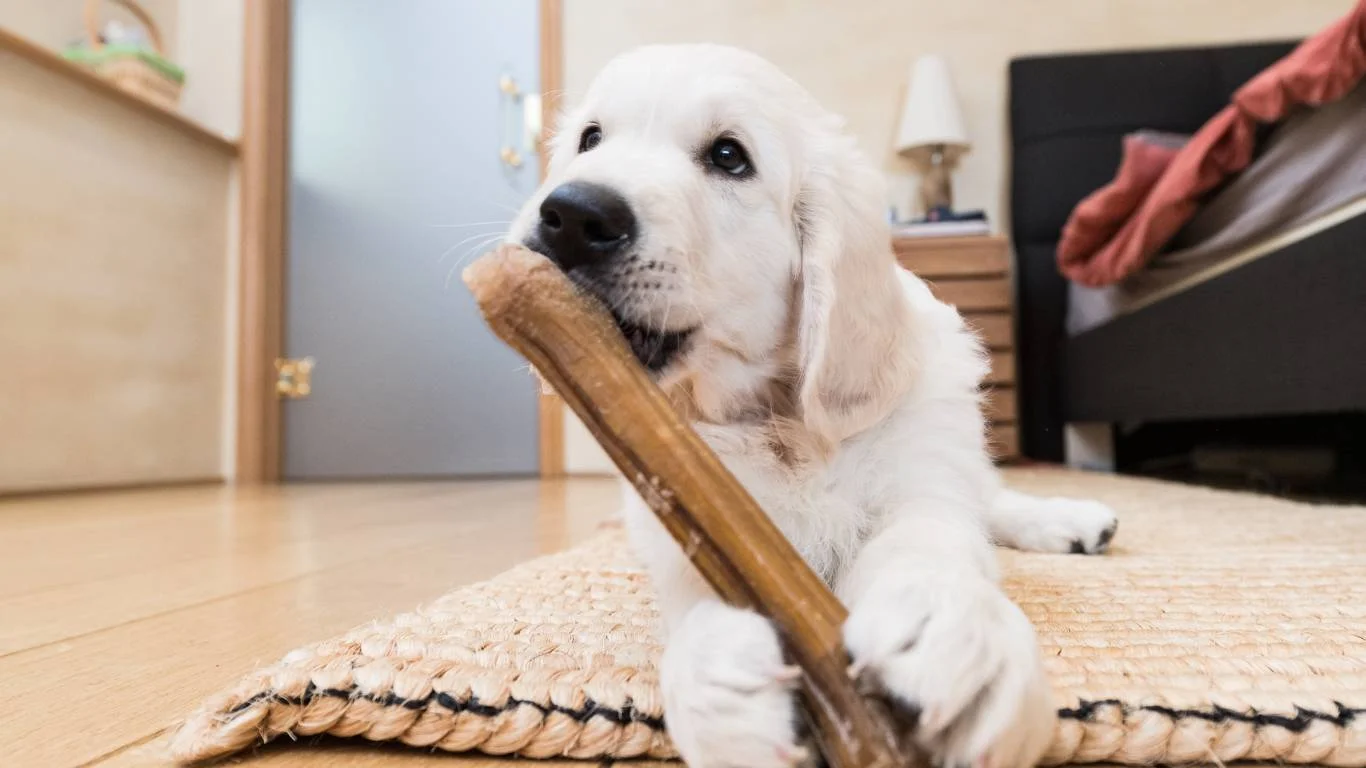
Now, if things go south and your dog ends up needing vet care, here’s what you can expect. I’ve walked through this process dozens (maybe hundreds?) of times, and the care plan usually depends on symptoms and what they ate.
1. Blood Work & X-Rays
If there’s vomiting, weakness, or any signs of a more systemic issue, your vet might run blood work to check liver and kidney function, white cell counts, and electrolyte levels. In some cases, an X-ray or ultrasound is used to check for blockages or inflammation.
2. IV Fluids and Meds
Dogs that are dehydrated or can’t keep anything down might get admitted for IV fluids. This helps rehydrate and stabilize them while also giving their gut a break. Depending on symptoms, vets may give anti-nausea meds, antibiotics, or medications to soothe the GI tract.
3. Monitoring for Pancreatitis or Toxicity
If your dog ate something fatty (like greasy leftovers) or moldy, they may be at risk for pancreatitis or toxin-related illness. These conditions need to be monitored closely—especially in small breeds or dogs with previous health issues. It’s not something to ride out at home.
I once helped care for a dachshund named Lucy who had snuck some spoiled cream cheese from a party platter. What seemed minor at first escalated into a pancreatitis scare. She spent two days on fluids and meds but thankfully recovered. Her family now triple-checks every trash bag and has become the unofficial “dog-proofing experts” in their friend group!
What to Do If This Becomes a Habit
If your dog seems to have a sixth sense for spoiled food—or is just too smart for their own good—it might be time to up your strategy game. Some dogs are just naturally more curious (or more opportunistic) than others.
1. Work With a Trainer
If you’re constantly battling food theft, consider teaming up with a certified dog trainer or behaviorist. I’ve seen amazing results with dogs who learned boundaries and impulse control through positive reinforcement techniques.
2. Enrichment to Curb Boredom
Bored dogs get into trouble—period. Try rotating puzzle toys, snuffle mats, or frozen Kong treats to keep them busy. If your dog’s mind is engaged, they’re less likely to go dumpster diving.
3. Regular Meals & Balanced Nutrition
Dogs who are underfed or lacking key nutrients might be more food-obsessed. Make sure your dog’s diet is complete, balanced, and tailored to their age and activity level. If you’re not sure, talk to a vet or a veterinary nutritionist. I often run nutrition checks during wellness visits, and you’d be surprised how many dogs are on the wrong food without their humans even realizing.
Final Thoughts on What to Do If Your Dog Eats Spoiled Food
In my years working as a veterinary assistant with a focus on nutrition, I’ve seen how quickly a simple “oops” moment can turn into a serious health scare. But I’ve also seen how awareness, quick action, and a little know-how can make all the difference. The biggest takeaway? Don’t ignore your instincts—and don’t hesitate to loop in your vet. Even if it turns out to be a false alarm, that peace of mind is worth it.
And hey, if your dog’s anything like mine, this probably won’t be the last time they sneak a bite of something they shouldn’t. But now you’ve got the tools, the tips, and the real-world know-how to handle it like a pro.
References
- American Veterinary Medical Association (AVMA)
- ASPCA – Animal Poison Control Center
- PetMD
- Cornell University College of Veterinary Medicine
Disclaimer
This article is based on personal experience as a Veterinary Assistant with a focus on pet nutrition and is intended for informational purposes only. It does not replace professional veterinary advice. If your pet is showing any signs of illness or distress after consuming spoiled food, please contact your veterinarian immediately.
